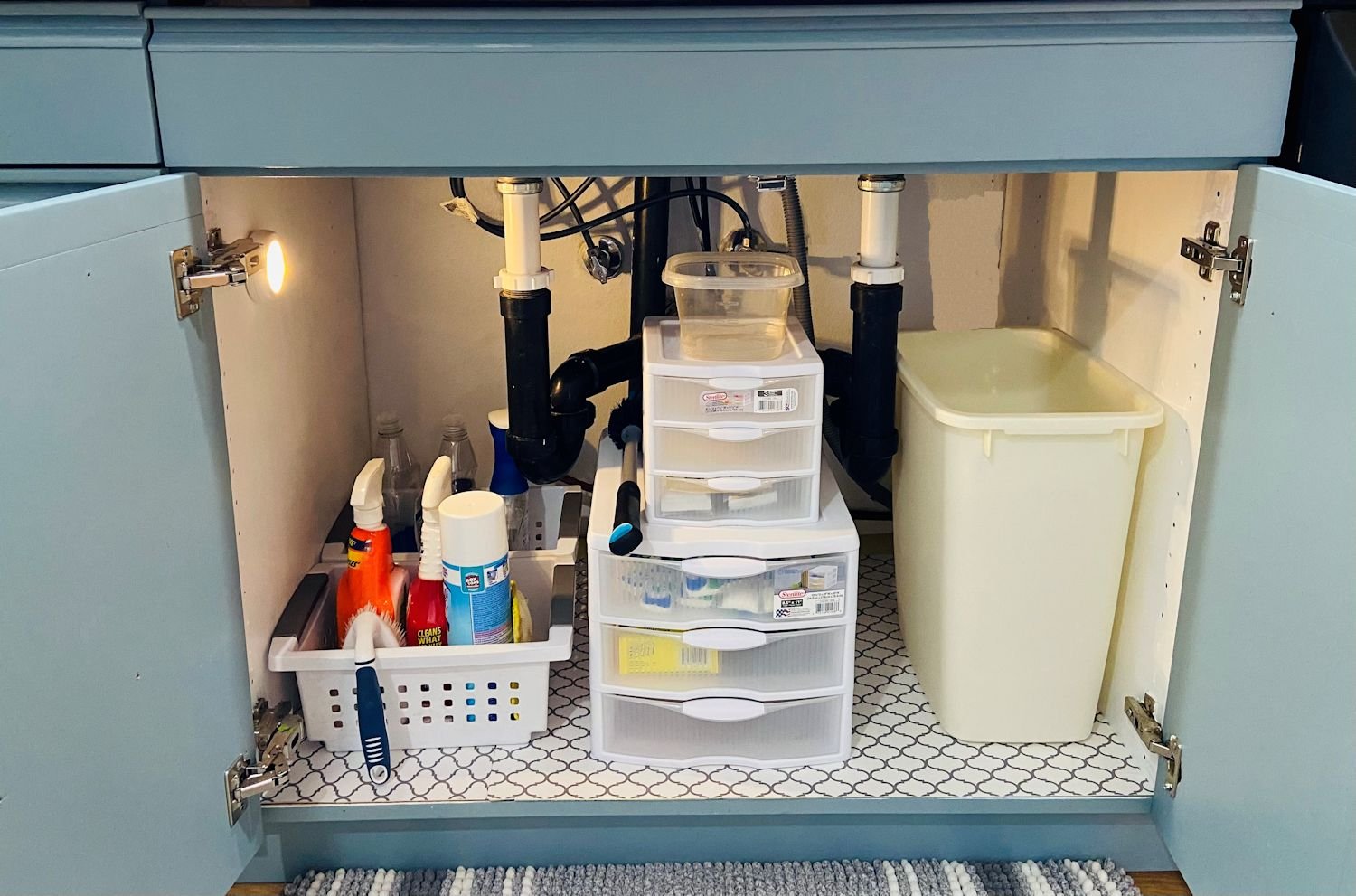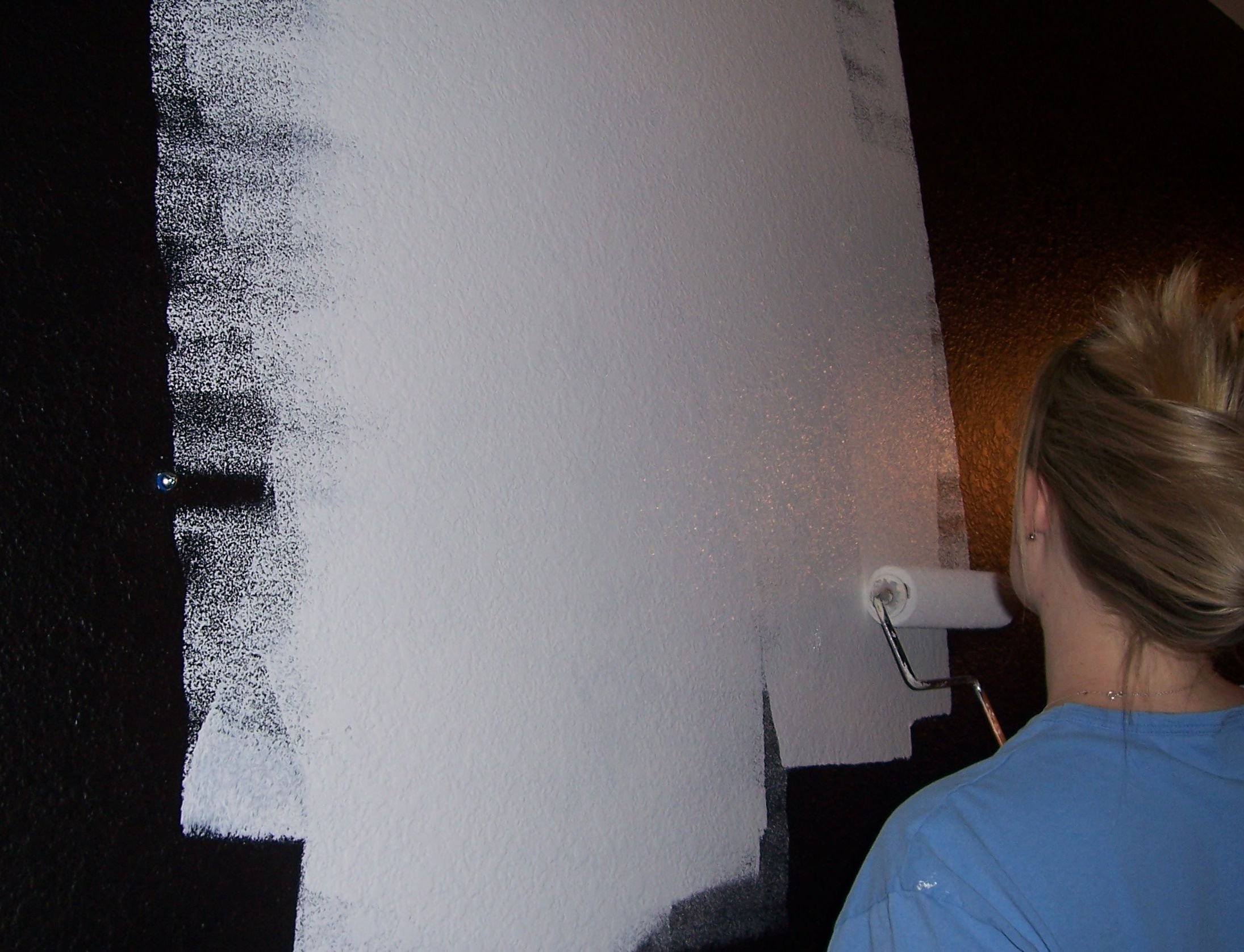Install Fence Post
replace a broken or damaged fence post
project by Kevin Sherrod
Disclosure: This site contains affiliate links. As an Amazon Associate, I earn from qualifying purchases. Clicking on links, and purchasing products, may result in the seller paying us compensation at no extra cost to you. Affiliate links are in green.
Also see:
Lifestyle Blog
Craft Projects
Yard & Exterior Projects
Broken Fence Post On Gate
My son-in-law bumped into the gate’s fence post while coming through with a wheelbarrow. The post partially broke off, taking down the gate with it. Wow! The post must have rotted under the ground. Fortunately, no one was injured. I took the gate down and removed what I could of the post, and propped up the fence that had been attached to the post. It stayed that way until I was able to replace the post, a few weeks later.
Removing the old post meant digging up the old concrete footing and preparing a new fence post hole. Yucky job, but necessary. In the Pacific Northwest, winter is long and very rainy. Proper installation of wood posts is necessary. Nothing made of wood can come into contact with soil.
SUPPLIES
check prices on Amazon. Affiliate links are green.
sand (if needed - we needed our post to sit up a bit higher than what our 8’ post came to due to uneven ground)
river pebbles
new fence post - we used a 4” x 4” x 8’ pressure treated post
concrete form tube - we used a 12” form tube by Sakrete
water
stakes and small boards (for propping up post)
river pebbles
Shovel - to dig around area of new post hole if needed
Post hole digger or shovel
Rubber mallet or hammer
Drill and drill bits a bit smaller than the screw (if you wish to pre-drill holes for the wood screws)
INSTRUCTIONS
REMEMBER TO FOLLOW ALL DIRECTIONS AND SAFETY PRECAUTIONS listed on product labels. Work in a well ventilated area. Use a dust mask and eye protection.
Read through all instructions before beginning.
Secure Adjacent Fence
I placed objects under the fence to hold it up until I could install a new post. The following photo shows the fence propped up. The photo was taken after I had started the installation process.
Whether your new post is placed between a gate and fence, two fence sections, or the end of a fence, you will need to prop up the adjacent section until the new post is installed.
Remove Old Post - Dig New Hole
Remove all parts of the old post, including any concrete footing or hardware. Use a post hole digger if necessary to create a clear area for your new post.
As you dig, check periodically to be sure the hole is large and deep enough to hold the concrete form tube.
Place Tube Form, Sand & Gravel In Hole
Place the tube concrete form into the hole. I then poured a couple inches of sand in the bottom of the form, followed by a couple inches of gravel. You may not need the sand. I used it for added height for my post, and for better drainage. This is a very wet part of the yard, and I didn’t want a repeat of post rot.
Place Post Inside The Form
I placed the new post in the tube, then used a board to prop it up against the adjacent fence section. That held it while I continued working on the project.
Check Level Post Top
My post will hold a gate, and the gate must hang level. Therefore, I needed to ensure the two posts were of the same height.
Prepare Stakes and Boards
I used the stakes and boards to hold my post while the concrete set. The stakes and boards will be removed once the post is set.
Build Frame For Fence Post
I built framing for my post to hold it securely while I worked. The stakes were hammered into the ground, and boards were screwed into the stakes.
I placed a stake and frame on both sides (front and back) of the post.
Check Post With Corner Level
After your boards are in place, I recommend checking to be sure everything is level before continuing. A corner level ensures the post is not leaning in any direction. Check for side-to-side, and front-to-back.
Add More Pebbles
I poured a few more inches of pebbles into the form after my post was secured.
Add Quickrete & Water
Pour some of the dry Quickrete into the form. Then, following directions, pour in the water.
Continue until you have filled the tube to slightly above ground level.
NOTE: If you do not get a high enough footing of concrete, your post will be partially buried in soil. Worse, if it is in a depression in the ground, water can collect. Both conditions will lead to post rot. The key is to have the concrete high enough to keep the ground moisture and any collecting water from rain etc. away from the post.
Finishing
Once the concrete has set, fill in the area around the form with dirt.
Attach the new fence post to the adjacent fence. There are various methods to choose from. I used nails driven in diagonally between the fence post and fence, and also attached brackets to the backside to hold the fence and post together securely.
Once the post was securely attached to the adjacent fence, I rehung my gate. I stained the gate and fence on each side. I used the same hinges, but painted them black. The entire gate and fence look new.
In the photo below, the concrete shows under the fence. We have gravel under our fence. The photo was taken before I raked the gravel back into place, somewhat hiding the concrete.
Magnetic Gate Holder
Check out our DIY magnetic gate holder. Easy, using PVC. No more propping your gate open with bricks or other objects.
Featured Projects
Lifestyle Blog























































Protect your wood deck from the elements with proper prep and quality stain. Proper maintenance enhances the life span of a wood deck. Protect from snow, rain, freezing ice, hot sun.